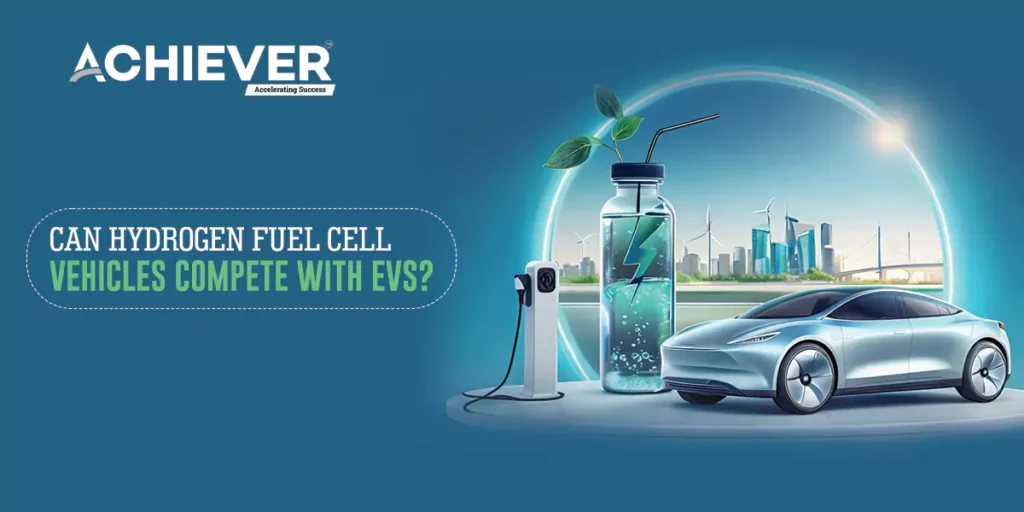The COVID-19 pandemic has triggered a myriad of disruptions across various sectors, but few have been as pronounced as the semiconductor shortage. This shortage has particularly affected the automotive industry, which relies heavily on semiconductors for everything from engine control units to advanced driver-assistance systems. As car manufacturers grapple with these supply chain challenges, the consequences ripple through the industry, affecting production, profitability, and innovation.
Understanding the Semiconductor Shortage
Semiconductors are essential components in modern automobiles. They are used in various applications, including:
– Engine control systems: Regulating engine performance and efficiency.
– Infotainment systems: Powering navigation, audio, and connectivity features.
– Safety features: Enabling systems like anti-lock braking, traction control, and advanced driver-assistance systems (ADAS).
The semiconductor shortage began in early 2020 due to several converging factors:
- Pandemic-related disruptions: The outbreak of COVID-19 led to factory shutdowns, affecting production capabilities across multiple industries. When car manufacturers halted production early in the pandemic, semiconductor manufacturers pivoted to meet the growing demand for consumer electronics as people worked and entertained themselves at home.
- Supply chain complexities: The semiconductor supply chain is global and involves numerous players. From raw material suppliers to foundries and packaging facilities, any disruption can have cascading effects. The industry’s reliance on just-in-time manufacturing further exacerbated vulnerabilities.
- Increased demand for electronics: As consumer electronics surged in popularity during the pandemic, semiconductor manufacturers prioritized these products over automotive chips. This shift in demand left automakers scrambling to secure the components they needed.
Impact on Car Production
The most immediate impact of the semiconductor shortage has been significant production delays for automakers. Companies like Ford, General Motors, Toyota, and Volkswagen have been forced to slow or halt production on several models due to a lack of essential chips. Some automakers have had to temporarily close plants or reduce shifts, resulting in decreased output.
- Lost Revenue: According to estimates from various industry analysts, the semiconductor shortage could lead to a loss of millions of vehicles that would have otherwise been produced. In 2021 alone, it was estimated that automakers lost over 10 million vehicles in production, translating to billions in lost revenue.
- Consumer Frustration: With production down, the supply of new vehicles has diminished, leading to inventory shortages at dealerships. This has resulted in longer wait times for consumers looking to purchase new cars, causing frustration and pushing many potential buyers to explore used car markets, further driving up prices.
Rising Prices
The scarcity of new vehicles, combined with high demand, has resulted in inflated prices across the automotive market. Dealers are often marking up prices for in-demand models, and consumers are finding it increasingly difficult to negotiate reasonable deals.
- Used Car Market Surge: The shortage of new vehicles has led to a spike in used car prices. According to reports, the prices of used cars surged by nearly 30% in 2021, significantly impacting consumer budgets.
- Increased Production Costs: Automakers are also facing increased costs for raw materials and components due to the supply chain crisis. These rising costs may eventually be passed on to consumers, further inflating vehicle prices.
Strategic Responses from Automakers
To mitigate the impact of semiconductor shortages, automakers are taking various strategic actions:
- Diversifying Suppliers: Many manufacturers are exploring options to diversify their semiconductor suppliers and reduce reliance on a limited number of sources. This may involve partnerships with new semiconductor manufacturers or even investing in semiconductor production capabilities.
- Long-term Contracts: Some automakers are entering into long-term contracts with semiconductor manufacturers to secure their supply. This approach can help stabilize supply chains and reduce vulnerabilities to future disruptions.
- Focus on Critical Components: Automakers are prioritizing the production of essential vehicle features. For instance, they may temporarily remove non-essential features that require semiconductors, such as advanced infotainment systems, to ensure that vehicles can still be produced and delivered.
- Investing in Technology: Automakers are increasingly investing in technology and research to develop new semiconductor solutions tailored to their specific needs. This includes exploring partnerships with tech firms and universities to foster innovation.
Looking Ahead: The Future of the Automotive Industry
While the semiconductor shortage has created significant challenges for the automotive industry, it also presents an opportunity for transformation. As the industry adapts to these challenges, several trends are likely to emerge:
- Increased Automation and Electrification: The shift toward electric vehicles (EVs) and automated driving technologies will drive demand for more advanced semiconductors. This may accelerate investment in semiconductor R&D and production capabilities.
- Resilient Supply Chains: The lessons learned from the current crisis are likely to lead to more resilient supply chain strategies across industries. Automakers may adopt more flexible manufacturing processes and invest in digital supply chain technologies to enhance visibility and responsiveness.
- Sustainability Initiatives: The automotive industry’s focus on sustainability will continue to grow, with more manufacturers adopting eco-friendly practices and prioritizing the development of sustainable materials for vehicle production.
Conclusion
The semiconductor shortage has exposed vulnerabilities in the automotive supply chain, leading to production delays, rising prices, and consumer frustration. As automakers navigate this crisis, they are implementing strategic responses to mitigate risks and ensure long-term viability. While the challenges are significant, the industry’s resilience and ability to adapt will play a crucial role in shaping the future of automotive manufacturing. As the world moves toward increased automation, electrification, and sustainability, the lessons learned from this crisis may ultimately lead to a stronger and more innovative automotive sector.






